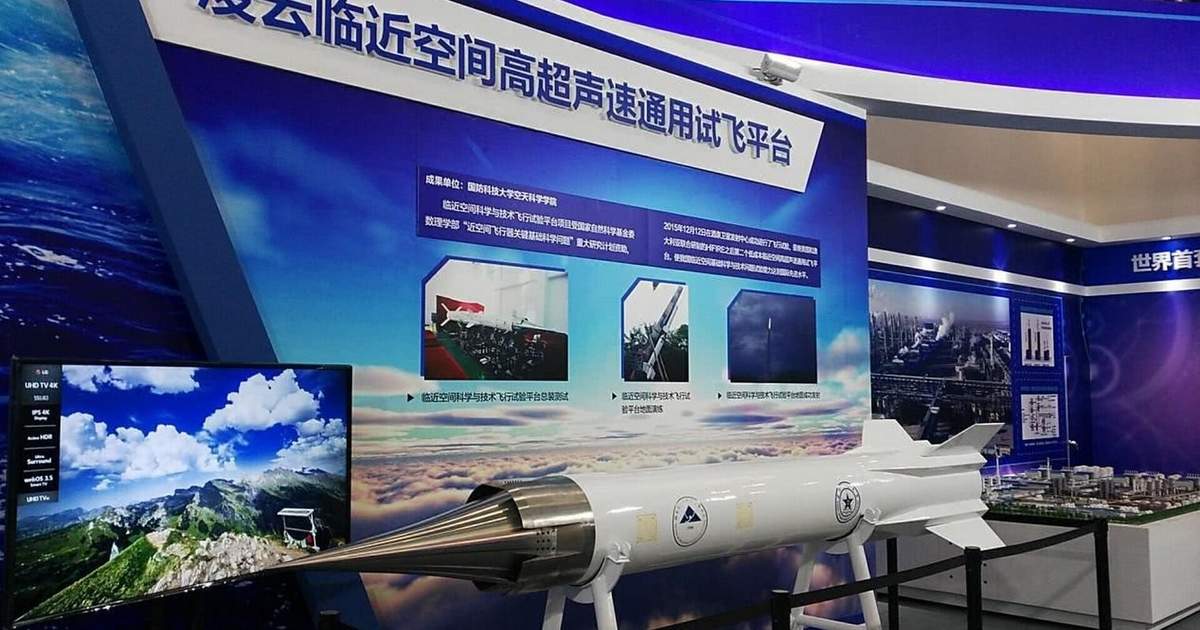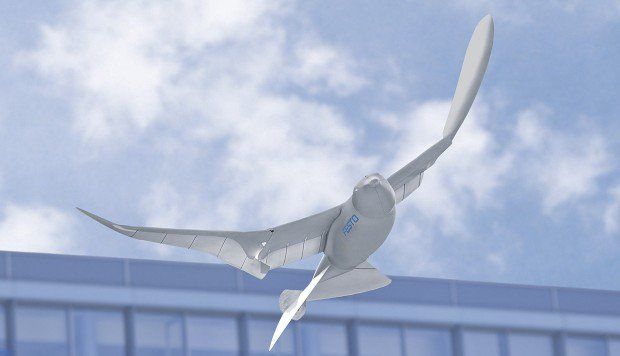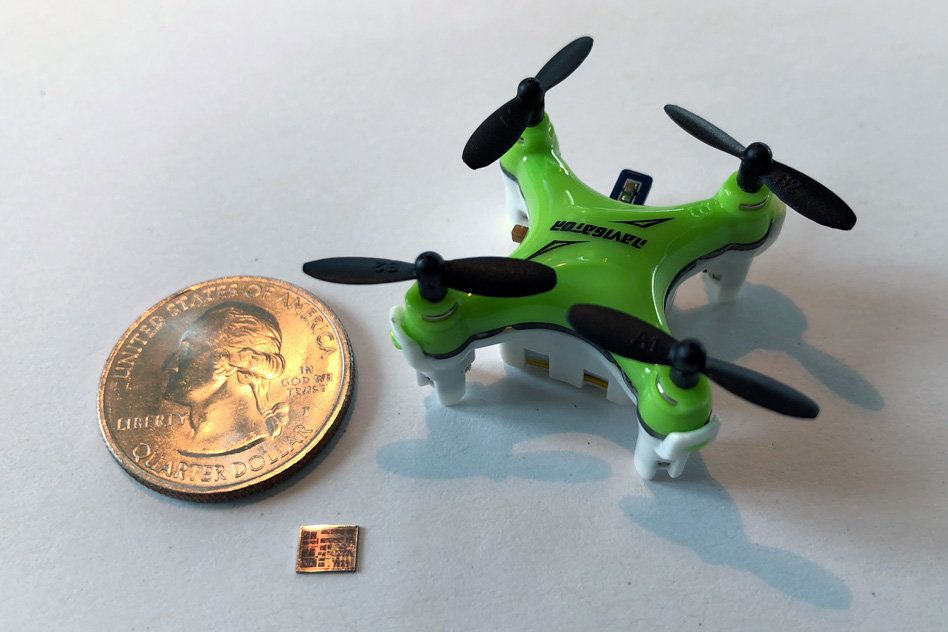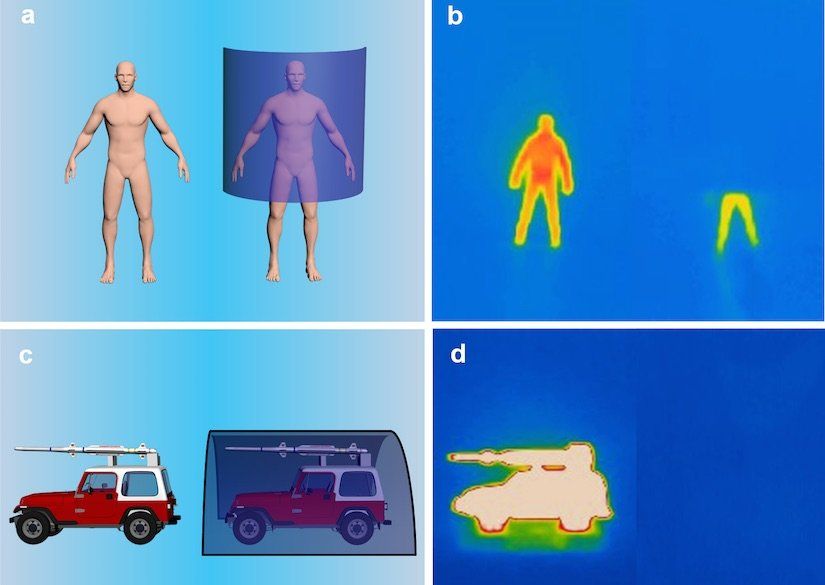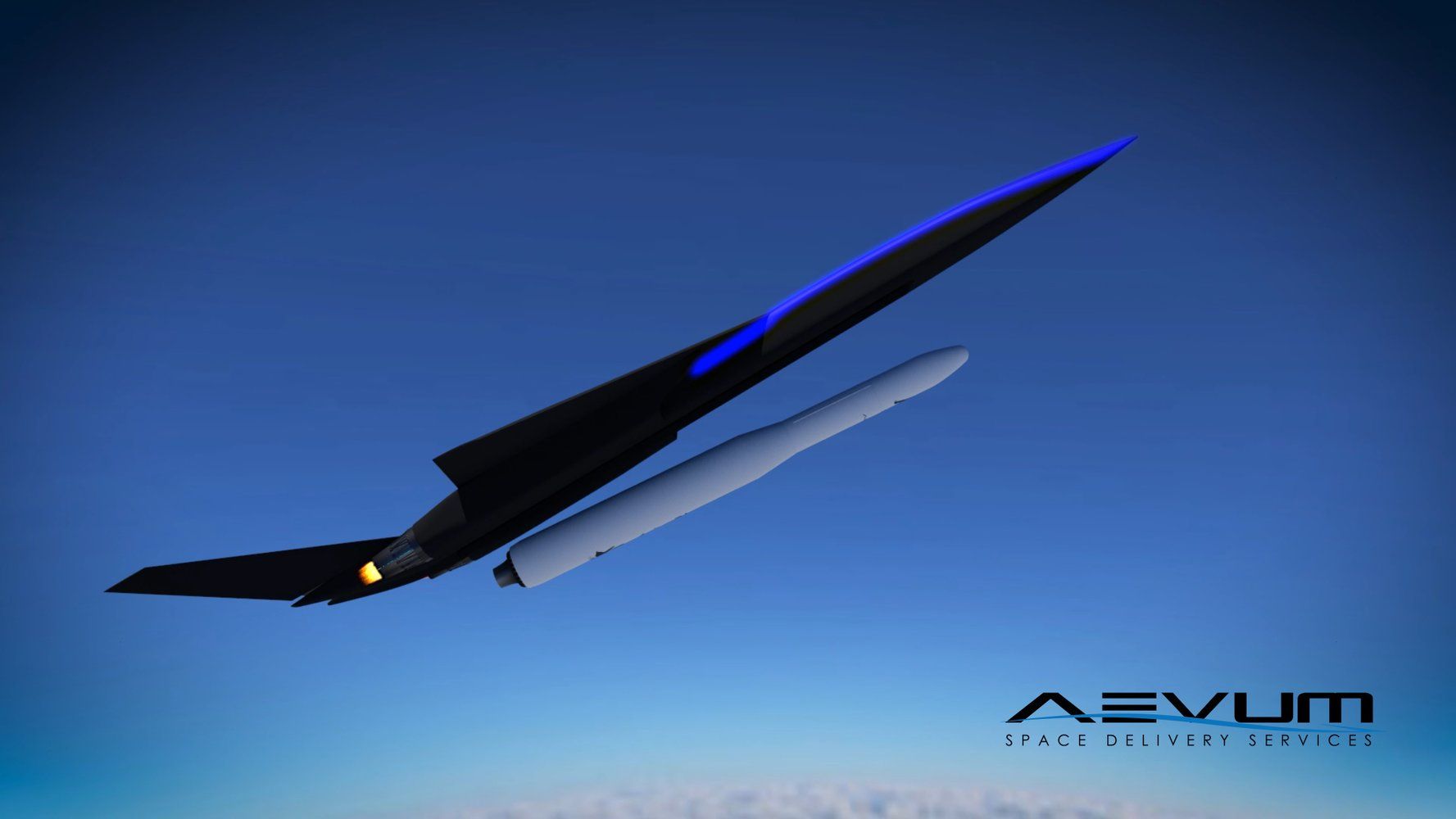Researchers at MIT, who last year designed a tiny computer chip tailored to help honeybee-sized drones navigate, have now shrunk their chip design even further, in both size and power consumption.
The team, co-led by Vivienne Sze, associate professor in MIT’s Department of Electrical Engineering and Computer Science (EECS), and Sertac Karaman, the Class of 1948 Career Development Associate Professor of Aeronautics and Astronautics, built a fully customized chip from the ground up, with a focus on reducing power consumption and size while also increasing processing speed.
The new computer chip, named “Navion,” which they are presenting this week at the Symposia on VLSI Technology and Circuits, is just 20 square millimeters—about the size of a LEGO minifigure’s footprint—and consumes just 24 milliwatts of power, or about one-thousandth the energy required to power a lightbulb.


